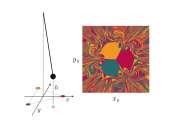New method achieves 4D imaging of fluids in pores
A method based on CT (computed tomography)—a type of imaging that is widely used in hospitals—can help improve our understanding of CO2 storage, batteries, and processes in the body such as nutrient uptake.









